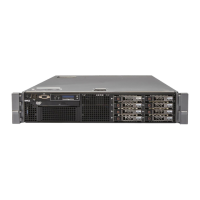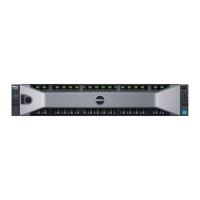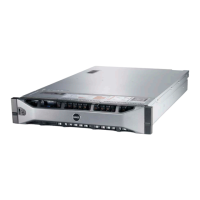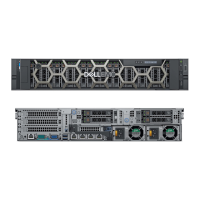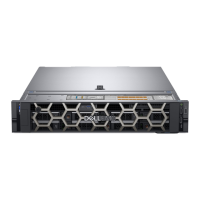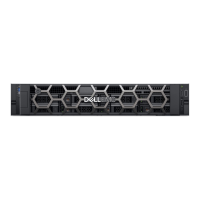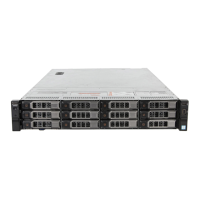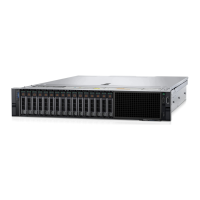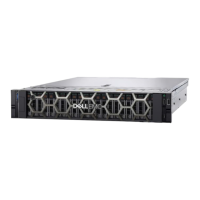160 Troubleshooting Your System
• Ambient temperature is too high. See your
Getting Started Guide
for the
system’s operating temperature requirements.
• External airflow is obstructed.
• Cables inside the system obstruct airflow.
• An individual cooling fan is removed or has failed. See "Troubleshooting a
Fan."
Troubleshooting a Fan
CAUTION: Many repairs may only be done by a certified service technician. You
should only perform troubleshooting and simple repairs as authorized in your
product documentation, or as directed by the online or telephone service and
support team. Damage due to servicing that is not authorized by Dell is not covered
by your warranty. Read and follow the safety instructions that came with the
product.
1
Open the system. See "Opening the System."
CAUTION: The cooling fans are hot-swappable. To maintain proper cooling while
the system is on, only replace one fan at a time.
2
Locate the faulty fan indicated by the LCD panel or the diagnostic
software.
3
Reseat the fan. See "Removing a Cooling Fan" and "Replacing a Cooling
Fan."
NOTE: Wait at least 30 seconds for the system to recognize the fan and
determine whether it is working properly.
4
If the problem is not resolved, install a new fan.
If the replacement fan does not operate,
see "Getting Help."
Troubleshooting System Memory
CAUTION: Many repairs may only be done by a certified service technician. You
should only perform troubleshooting and simple repairs as authorized in your
product documentation, or as directed by the online or telephone service and
support team. Damage due to servicing that is not authorized by Dell is not covered
by your warranty. Read and follow the safety instructions that came with the
product.
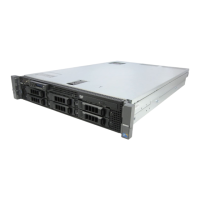
